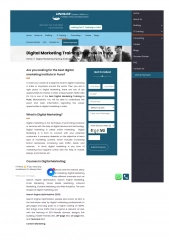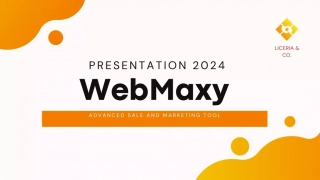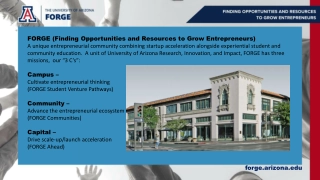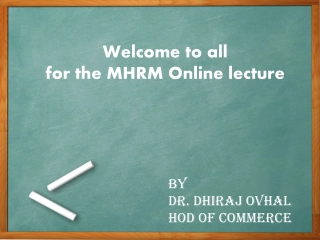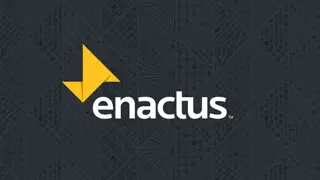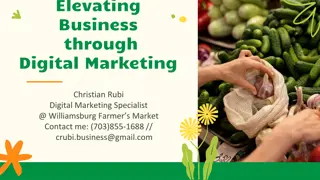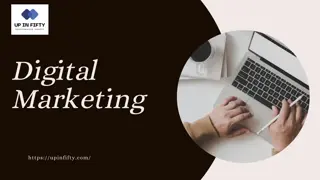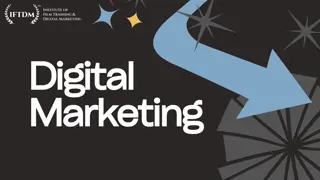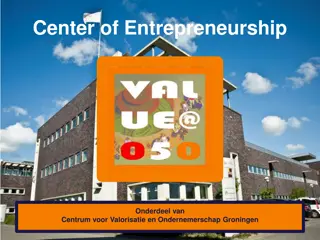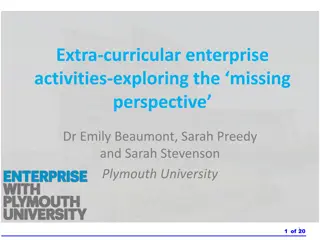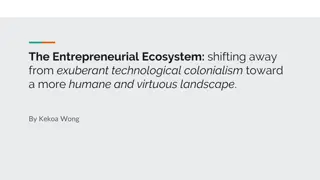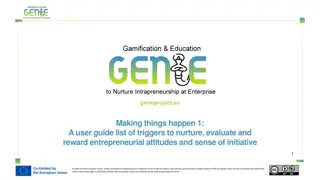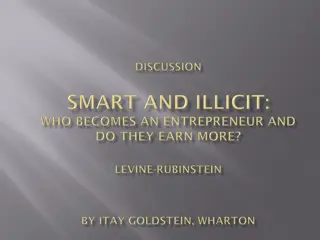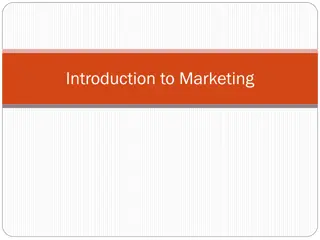
Maximizing New Product Value Through Effectual Segmentation and Positioning
Explore the challenges new technologies face in the marketplace and learn how to strategically map the market using the 3-D Abell model. Discover ways to identify the best customer segments for your new product and create a basis for testing through multiple iterations of experimenting. Gain insights into the benefits and drawbacks customers experience with innovations like electric cars, e-books, and more.
Download Presentation

Please find below an Image/Link to download the presentation.
The content on the website is provided AS IS for your information and personal use only. It may not be sold, licensed, or shared on other websites without obtaining consent from the author. If you encounter any issues during the download, it is possible that the publisher has removed the file from their server.
You are allowed to download the files provided on this website for personal or commercial use, subject to the condition that they are used lawfully. All files are the property of their respective owners.
The content on the website is provided AS IS for your information and personal use only. It may not be sold, licensed, or shared on other websites without obtaining consent from the author.
E N D
Presentation Transcript
1 ENTREPRENEURIAL MARKETING An Effectual approach Nijssen, E. (2014). Entrepreneurial Marketing: An Effectual Approach. Routledge. Prof. Dr. E.J. Nijssen, Eindhoven University of Technology Session 3: Effectual segmention and positioning to maximize the value of your new product Available from Routledge at: http://www.routledge.com/bo oks/details/9780415722216/
Objective lecture 2 Explain that most applications of new technologies tend to underperform for the average customer in the marketplace Introduce a smart way to map the market 3-D Abell model Introduce effectual segmentation and positioning Develop assumptions about best, first segment to attack Create a basis for testing using multiple iterations of experimenting
New products often have benefits and drawbacks 3 WHAT CUSTOMERS INNOVATION GAIN LOSE Electrical cars E-books Screw-top wine caps Less spoilage Wind turbines No polluting energy Online grocery shopping Home delivery Clean environment Easy refueling Easy portability Durability Elegance of the experience Unobstructed views Ability to select freshest products Improvements vs. shortcomings weigh differently Perceptions; relative to reference point Gourville (2006)
Cause of the problem 4 New technologies and their applications tend to underperform in beginning (Christenson 1997); they still need to mature and iron out kinks. Such technology development follows normal S shaped curve patterns and obeys to laws of technological progress.
Christensen's framework of technological evolution 5 performance demand at the upper end of the market disruptive technology acceptable range of functionality performance demand at the lower end of the market time technology 2 technology 1 Christensen (1997)
Firms/Entrepreneurs generally working with first customers to help "define" the market 6 upper range Sensemaking processes e.g. work with first customer to define/ seek legitimation acceptable range lower range technology 2 technology 1 time So, we should proactively look for customers who like the new technology s new benefits but do not mind its drawbacks (which often resolve if the technology matures)
Abells 3 D representation of the market: Example Restaurants 7 Customer needs - Culinary quality - ambiance Eating out experience - - Speed/convenience - cheap Customer segments Self service Full Service Eg MacDonalds/ Kentucky fried Technologies
Please note 8 The technique helps to conceptualize your market and explore boundary conditions It explicitly links supply and demand products are in the matrix; they are the linking mechanism A new technology and its benefits, but alos emerging segments (and their new needs) can be added on axes; So, dynamic orientation. Note: no single solution exists
Abell's 3 dimensional market representation and innovation's role 9 = needs covered by original technology = part of existing needs not/less well covered by new technology = extra, latent needs covered by new technology Customer benefits C1 C2 C3 C4 Customer segments Technologies Imagine a market with 4 customer segments (C1 through C4). C1 and C2 are the most demanding customers (most needs/benefits). Imagine that part of their needs are not well covered by the new technology. Who benefits most from the new benefits of the new technology/application?
How digital cameras penetrated segment by segment 10 Customer needs No-print Convenience Speed First target segment is the customer segment with highest fit with technology s current performance Manual adjustment Excellent quality image Analog/chemical Customer segments Digital Technologies
How digital camera technology blurred industries 11 Customer needs No-print Convenience Speed Video Manual adjustment Mobile phone market Excellent quality image Analog/chemical Customer segments Digital Webcams Technologies
Example: Alternative bicycle Video: cardboard bicycle (excercise) For About $20, Cardboard Bicycle Could Change The World, Inventor Says..\..\YouTube\cardboard bicyclebicycle.flv Please identify, using the 3D matrix (technology, benefits, customer groups) shown, the (international) market for this product
Possible solution; conceptualization 13 Prestige, personalization, disposable, souvenir . Drawbacks: -Sensitive to side wind -Durability - Factor-in in decision sustainable Customer needs low price light durable luggage option comfort Customer segments Adjustable gear (wind/ mountain) Easy to ride/transportation Peddle steel Peddle recline carbon fiber Electrical cardboard metal cord Technologies
Effectual segmenting, targetting and positioning 14 Positioning statement SegmentationTargeting Evolving customer segments Firm competencies and customer value objectives Identify customers with highest customer value score of the application & early technology develop t Choice of first target segment Positioning statement Benefits of the new application & technology
Formulating a positioning statement 15 TECHNOLOGICAL ADVANTAGE: DISCRIMINATOR: What makes the new application unique? Identify and label the Unique Selling Points compared to competitive alternatives What are the strong points of the new technology, the startup and its application? Positioning statement CUSTOMER INSIGHT: REASONS TO BELIEVE: Market segment that likes benefits best? Why? What is the unfulfilled need addressed and frustration resolved? Why is this a problem? Evidence why the application /technology will outperform alternatives (and target segment does not mind draw-backs of the new, evolving technology)
Lessons Abell s 3 D presentation of the market is useful for understanding relationships between technology/suppliers and customers/needs It can be used to explore the impact of a new technology and application on the market and help identify the target segment As new technology enters the market generally from below (underperforming from many existing customers point of view) you need to proactively identify the most attractive customer segment Using positioning the unique aspects (USPs) of the new application can be emphised for the this customer segment Note that the customer segment may involve an new, emerging set of customers
The Effectual versus Traditional marketing approach 17 TRADITIONAL APPROACH ASSUMPTIONS -Predict future -Lineair process Identify latent need New product Satisfaction EFFECTUAL APPROACH -Unpredictable future -Iterative use; experimentation & networking -Affordable loss New product Discover application/ customer Satisfaction



